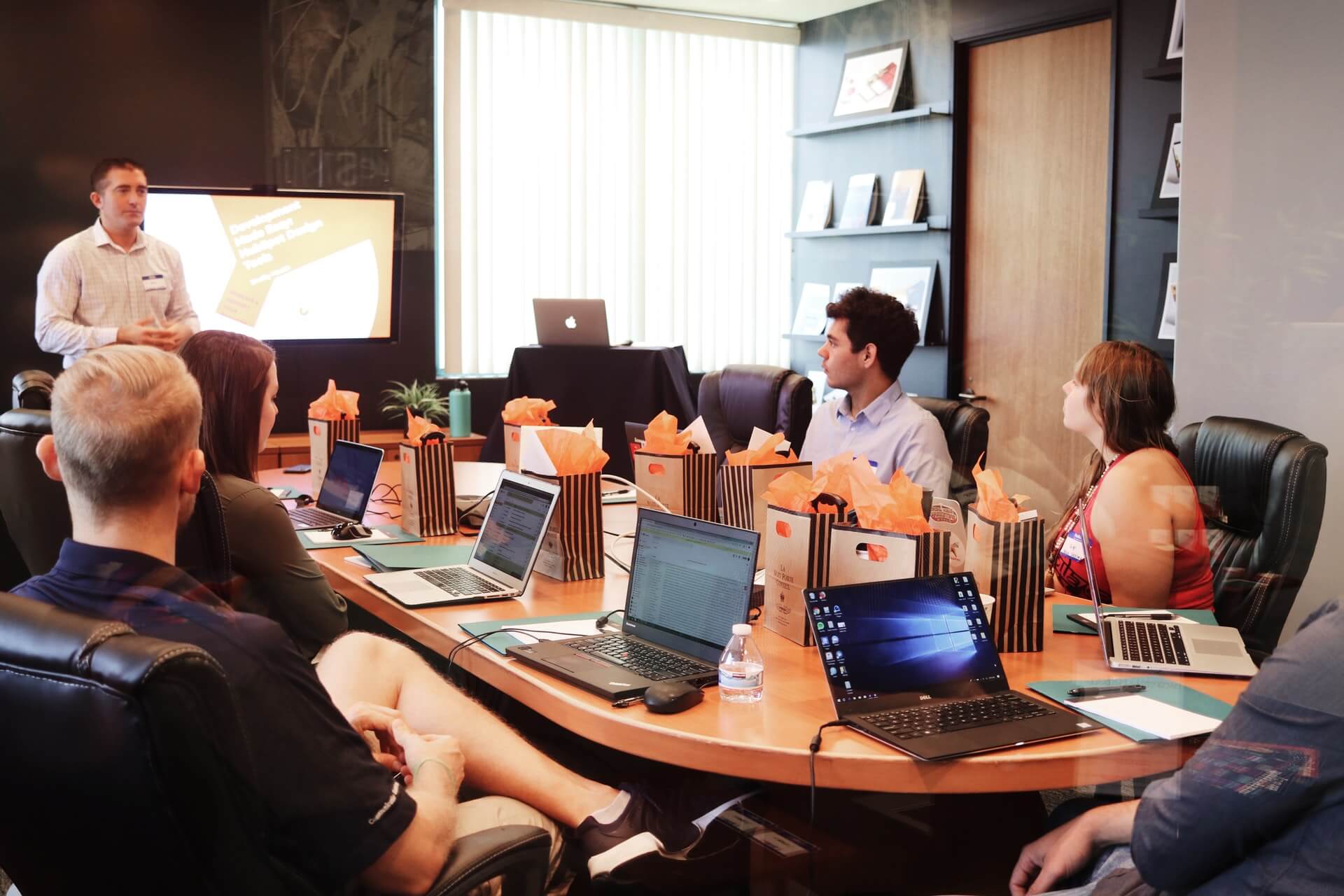he 2013 talent management predictions indicate that we have a storm ahead. Finding and keeping the right talent is going to continue to prove a challenge for organizations. It is further predicted that the old antiquated systems of talent management do not work.
If you are working in an organization with talent in almost in any role, you are mostly like already aware that these systems do not work. And with the increase in talent management software solutions flooding the market, it is also likely that you have lived through a revision in your talent management practices in recent years.
Human Resources/
Performance Management
here are a number of scary things in the world and in business. In honor of Halloween week, below is a list of some of the scariest things about HR....
After seeing an info graphic earlier this week, I planned on writing a post in response to it. The info graphic can be found here and it depicts the biggest time wasters at work. At the top of the list of time wasters is talking to co-workers. This is very topic, I was going to write about; however, I found that my thoughts have already been articulated on Wally Bock's Three Star Leadership Blog So I encourage you to visit his blog this also.
We spend a lot of time in business and in HR building systems and processes to accomplish goals. Whether or not we have well defined goals, we do typically have systems or processes in place in an effort to make the business work. Sometimes the systems are well defined and sometimes they are not. Regardless, these systems are often to blame when things aren’t going well, along with everything else from the employees not listening to poor management.
The article served as a reminder that sometimes hiring managers don’t understand other things as well. And if you are a hiring manager, I am sure that you are thinking of a number of topics that HR doesn’t get about "running your business" or "dealing with your people". So in an effort to help bridge the gap between hiring managers and HR and represent both sides, below is a list of 6 things that managers may want us to know.
If you are working in HR, you should already know that talent management is critical to organizational success. You can find the research to support it and if you want you can read 1000 different books that will confirm it and show how to do it the right way. So why do so many of us still get it wrong? Why is it hard to create, roll out and execute the strategies we know will work?
Give your team a mid-week opportunity to celebrate. A poll carried out among British workers suggested that we are at our best at precisely 11.33 am on a Tuesday. Mondays are spent recovering from the weekend and coping with the realisation that there is a full working week ahead, but by Tuesday morning most of …







